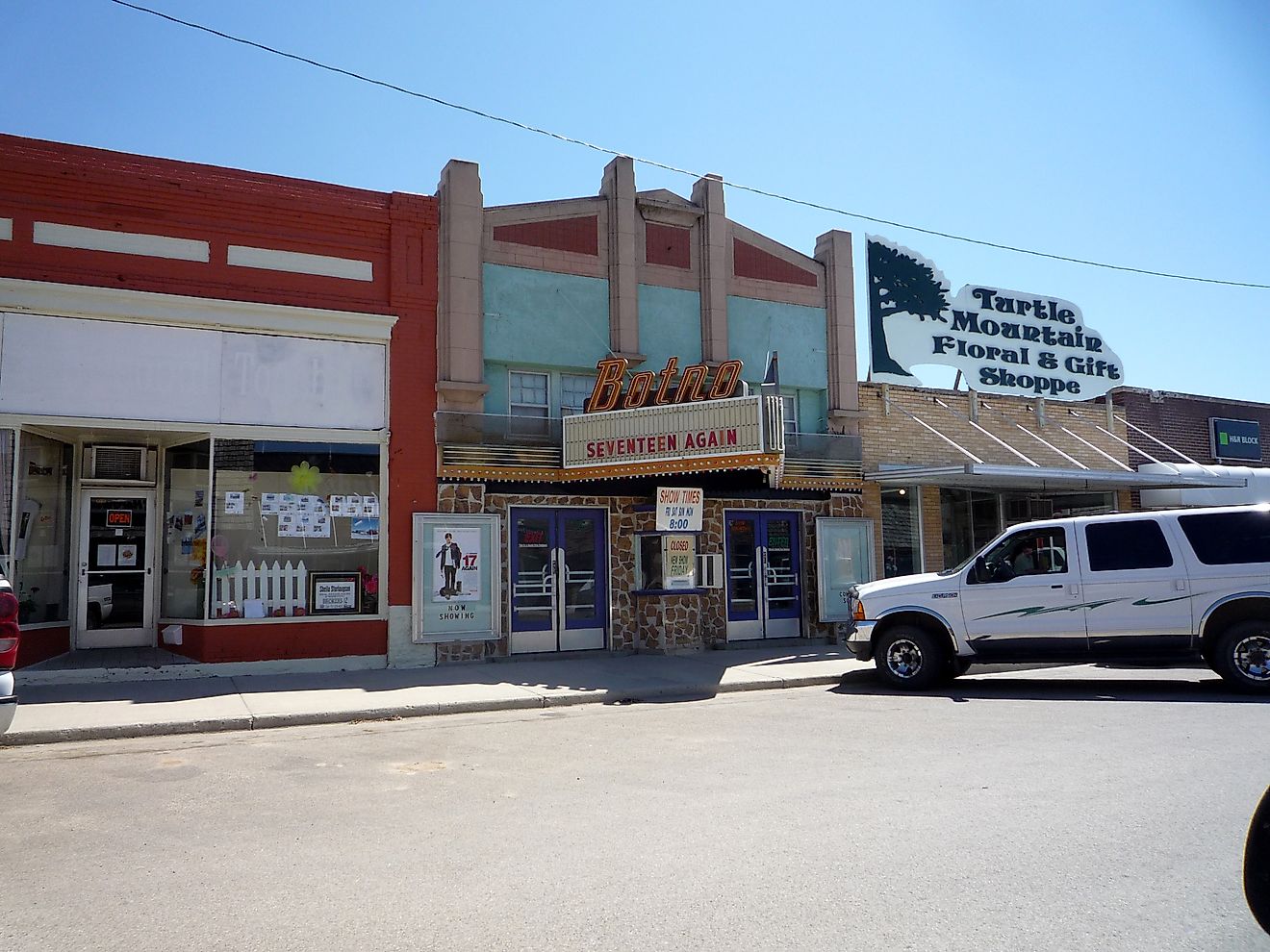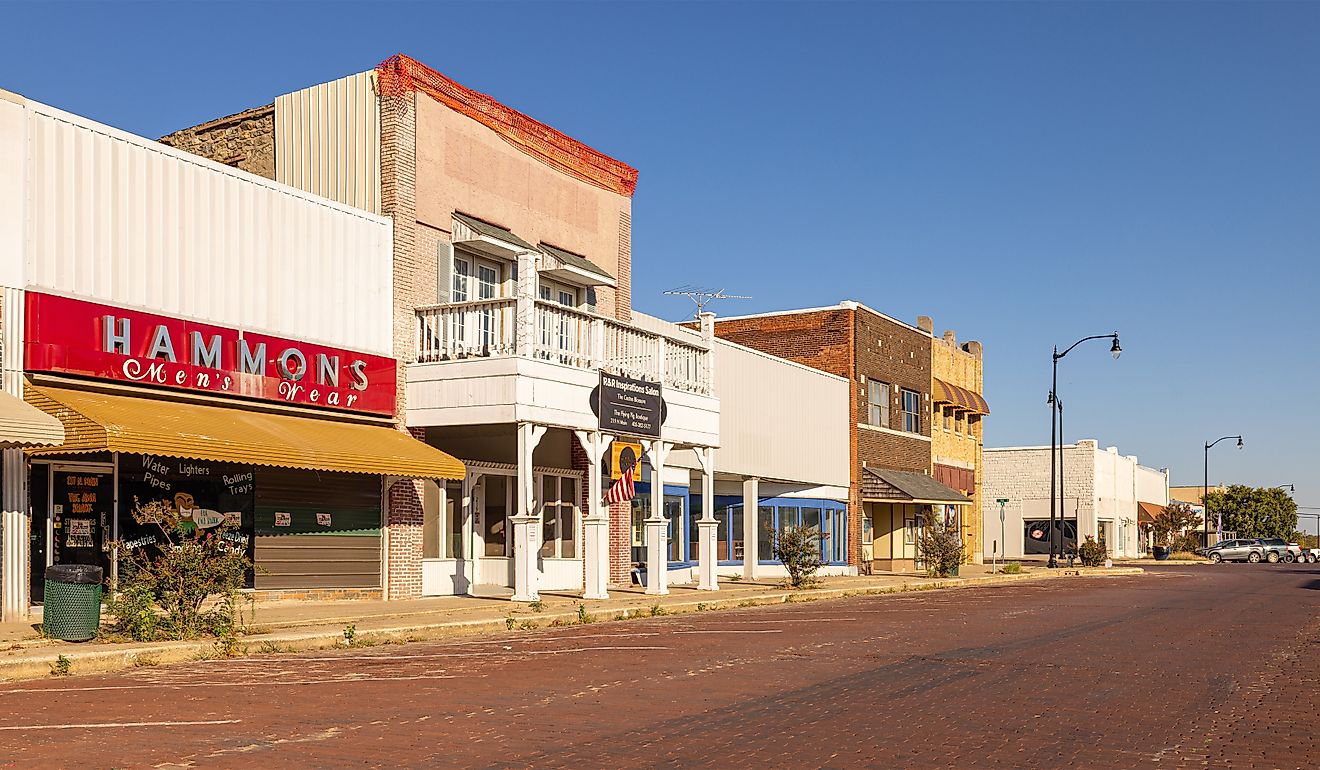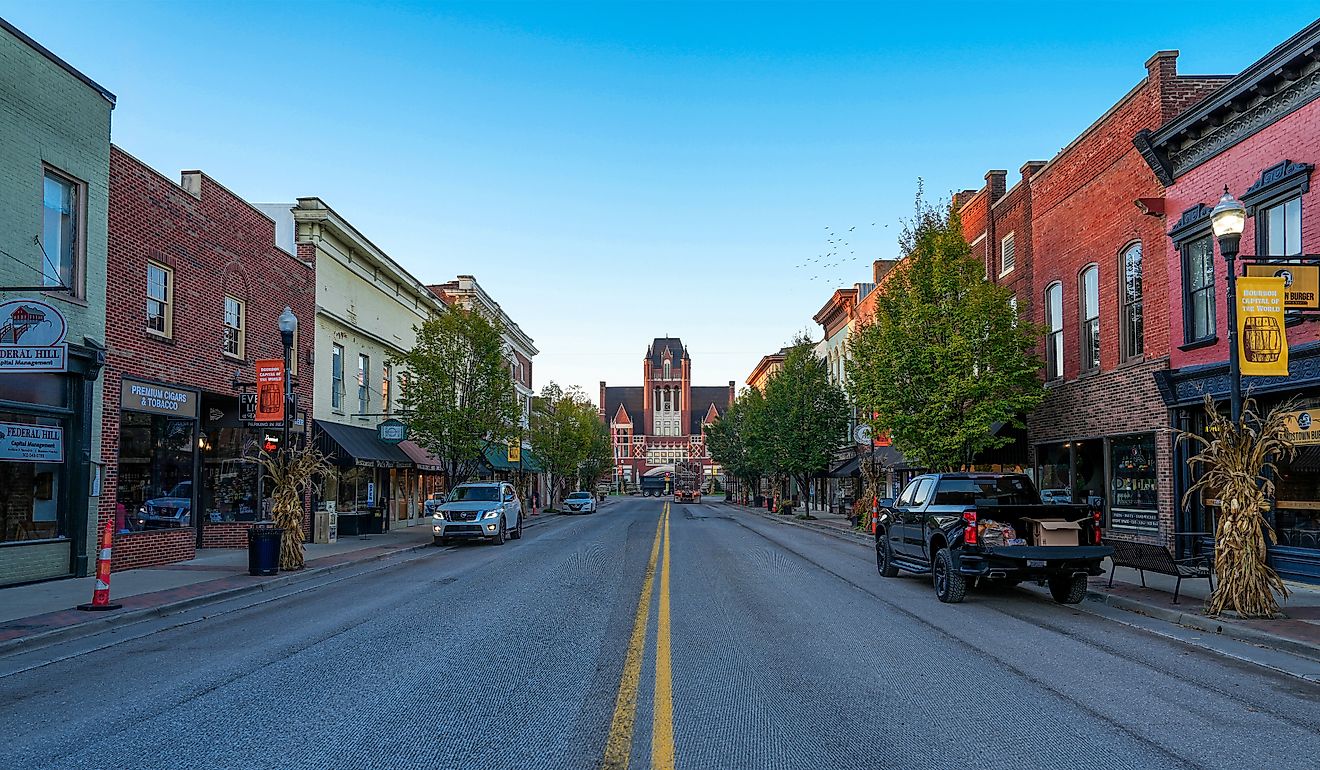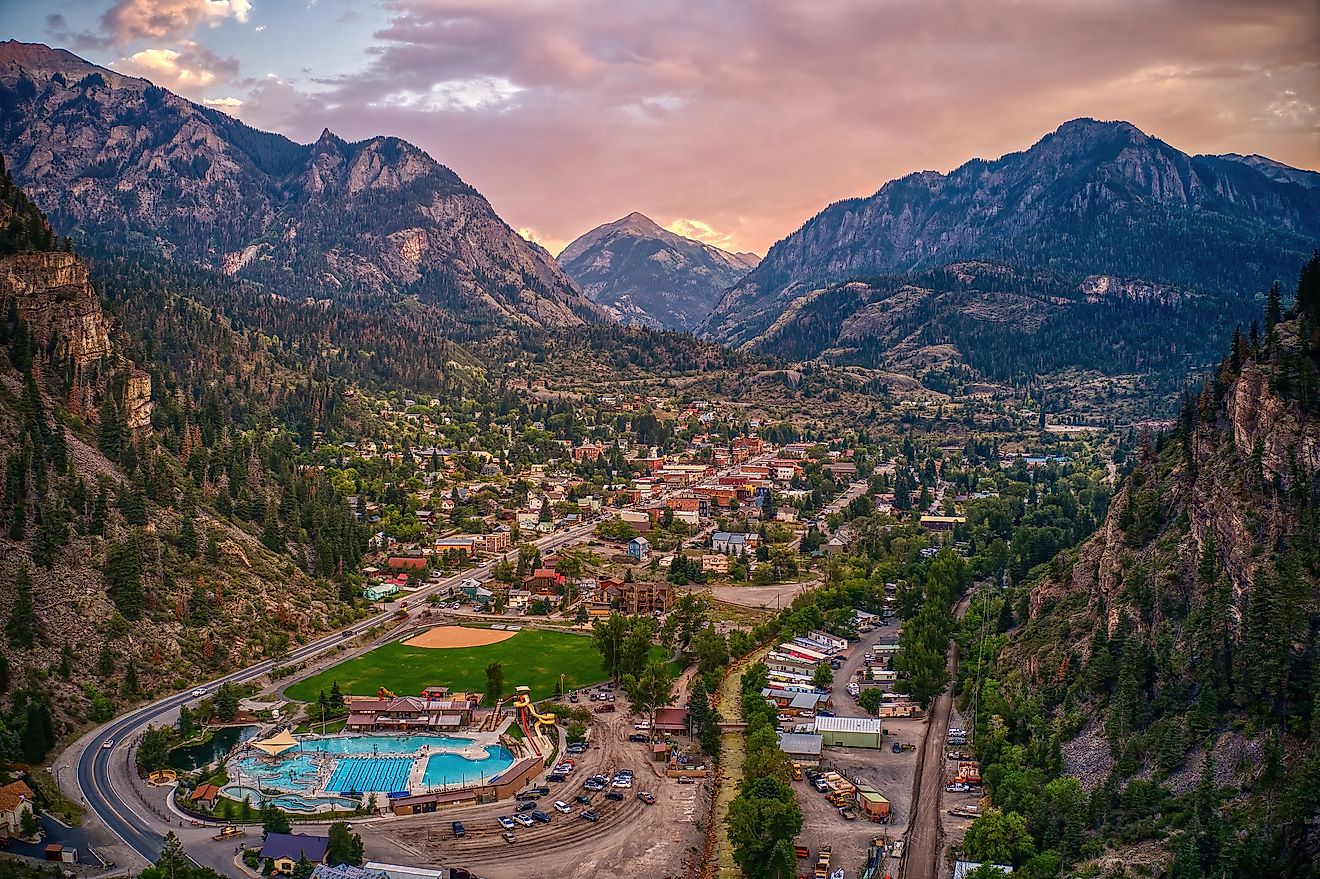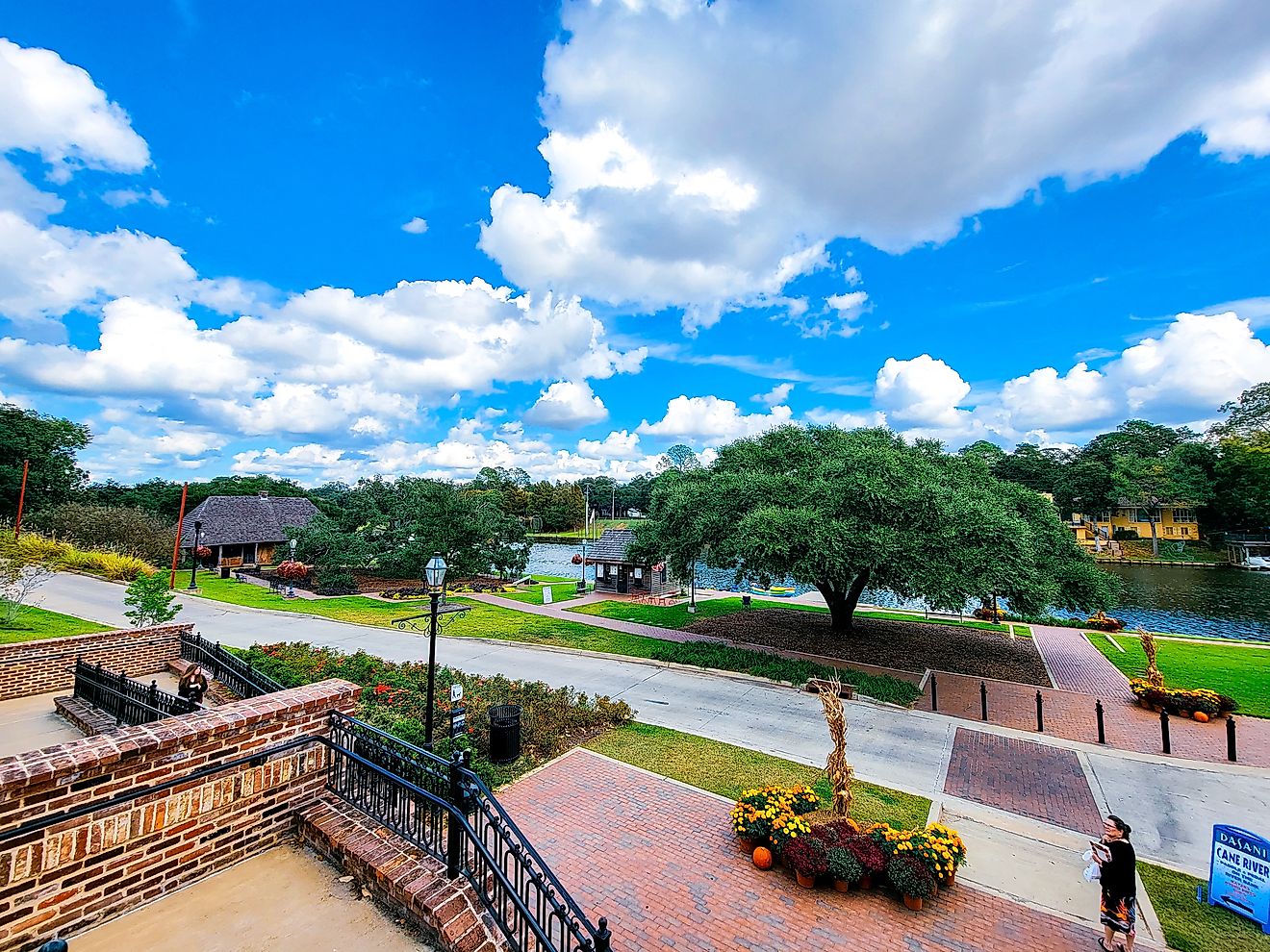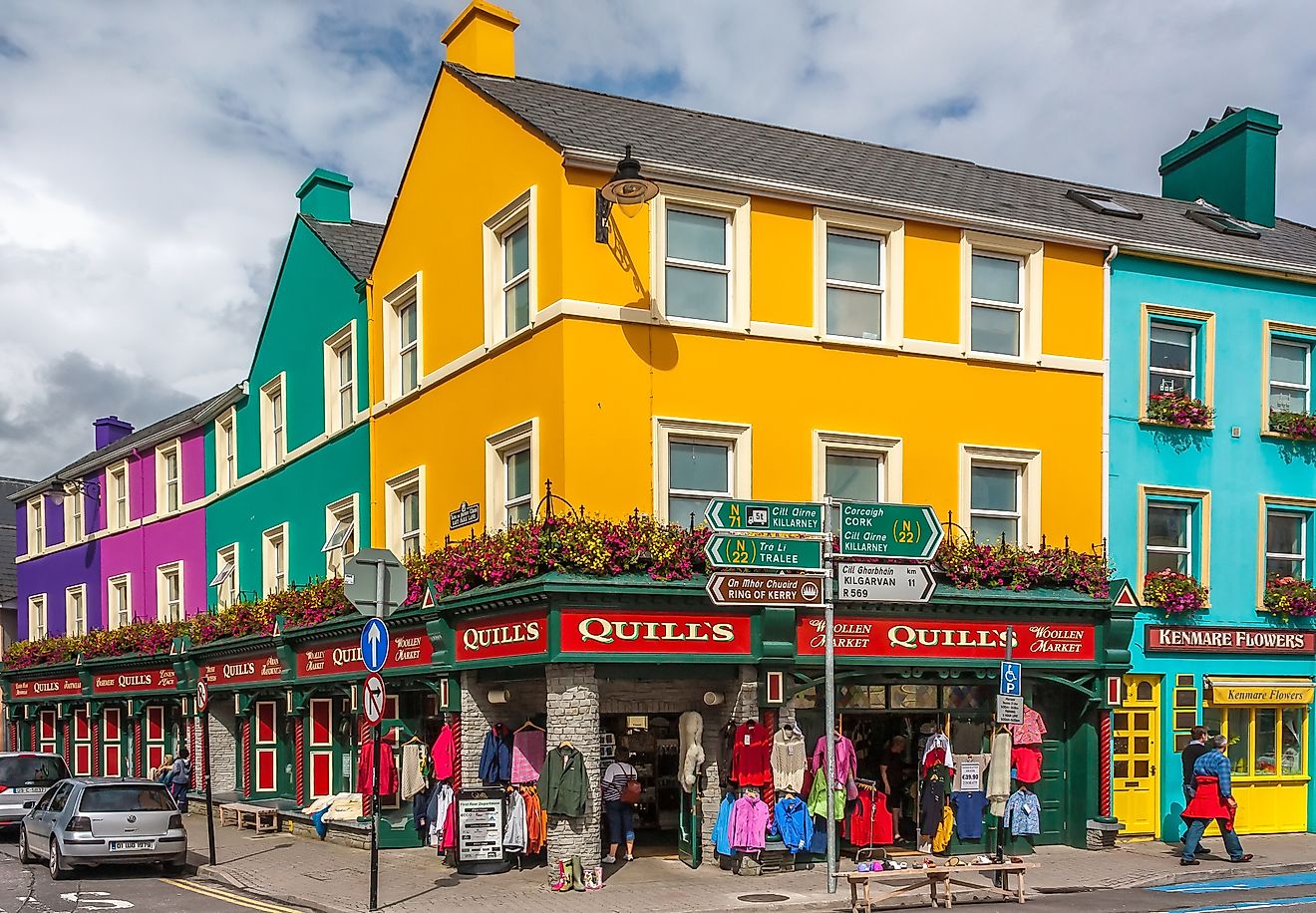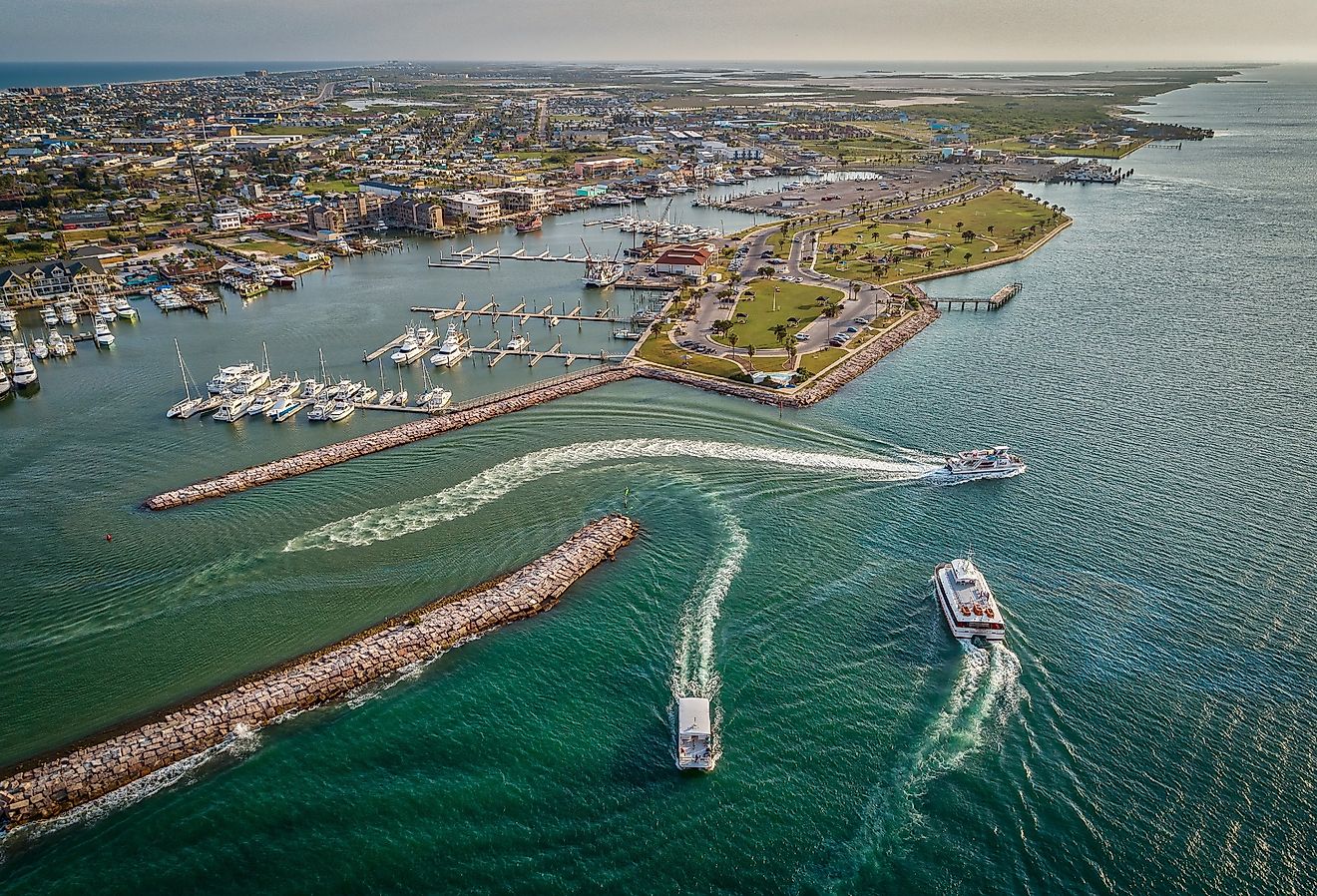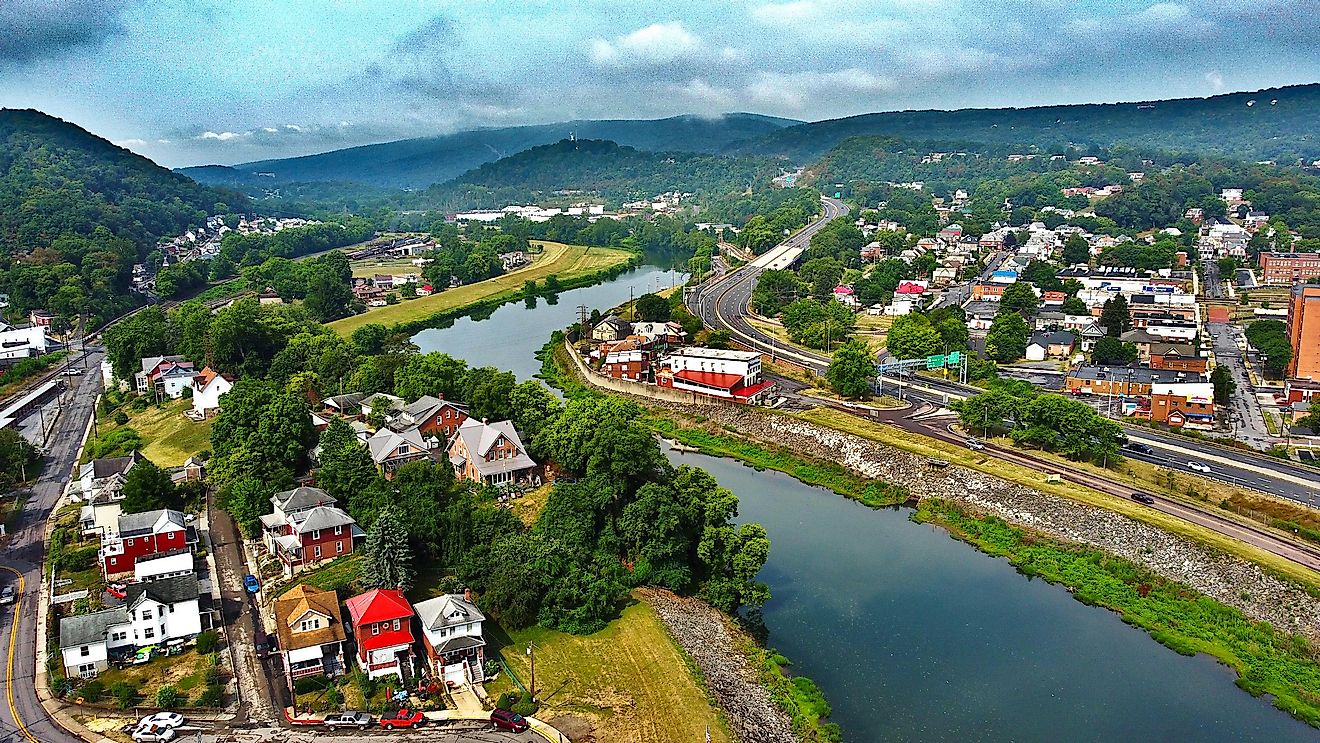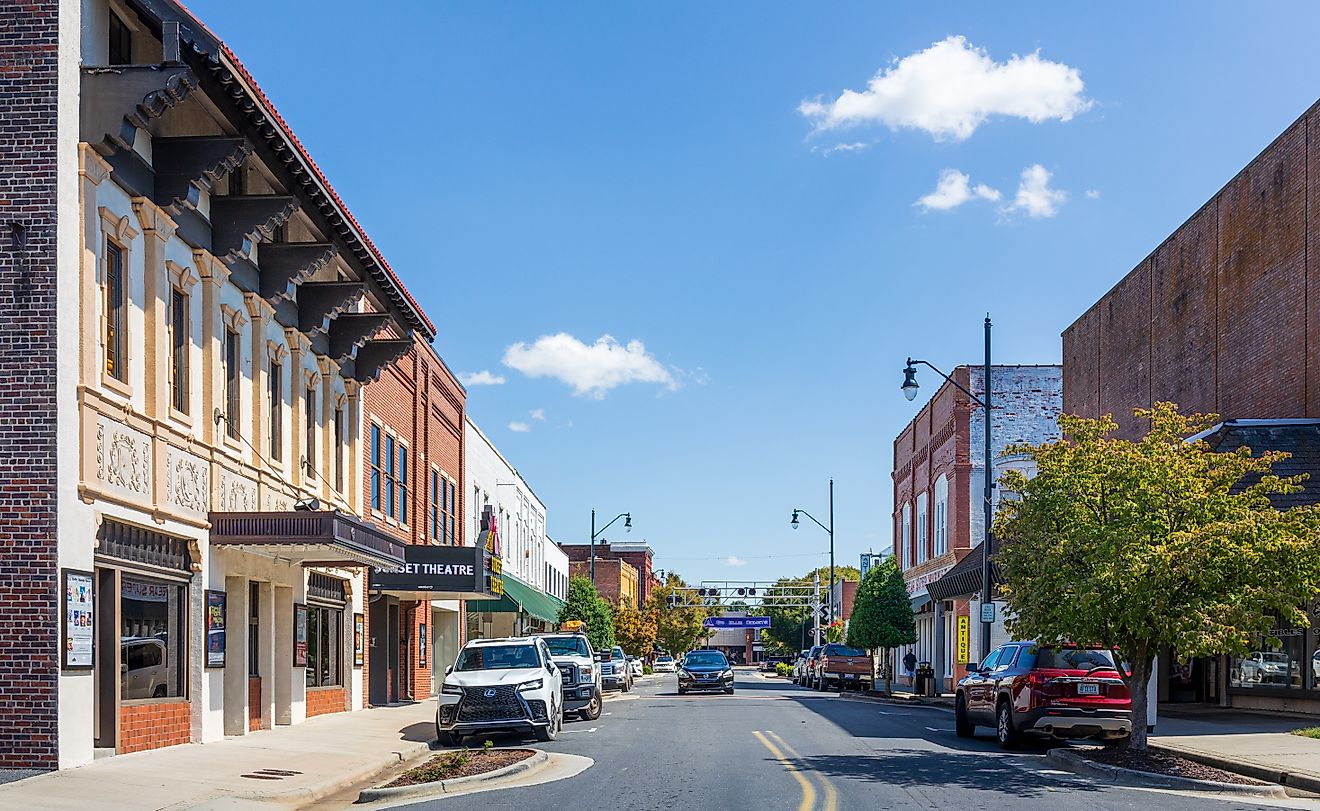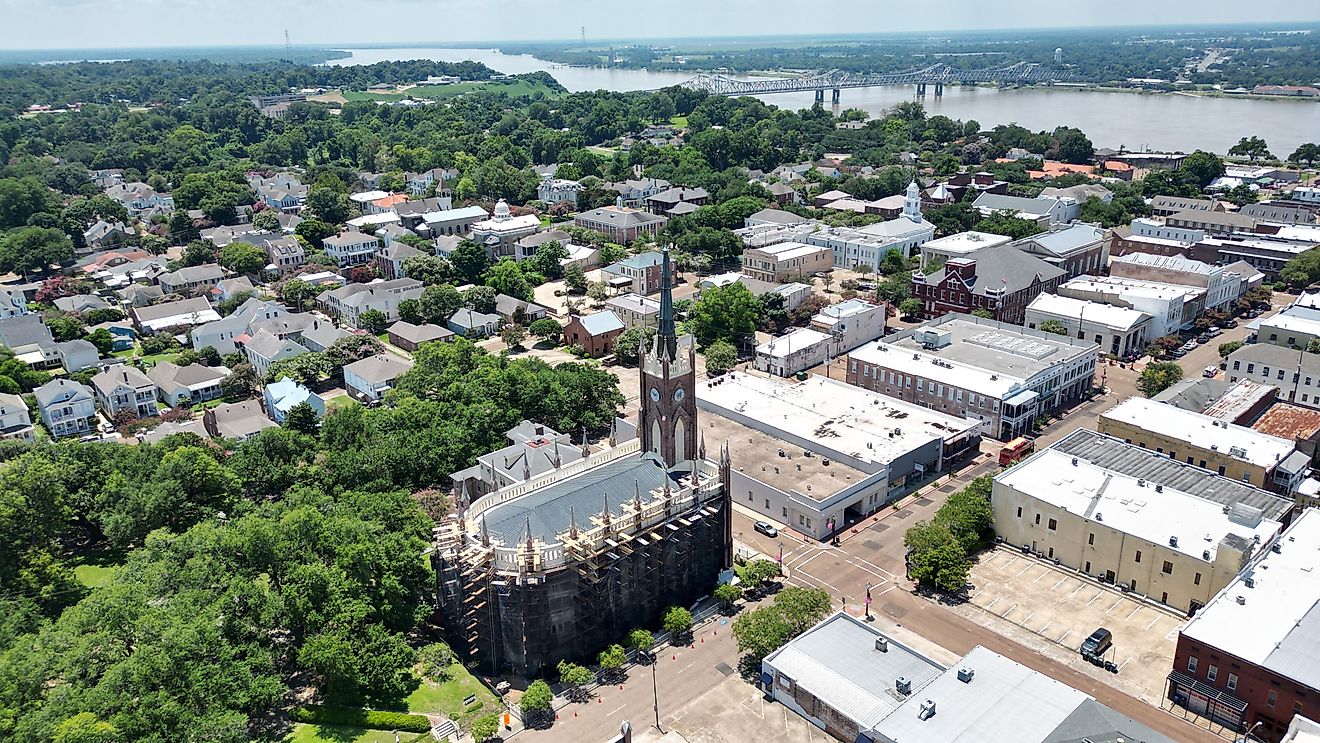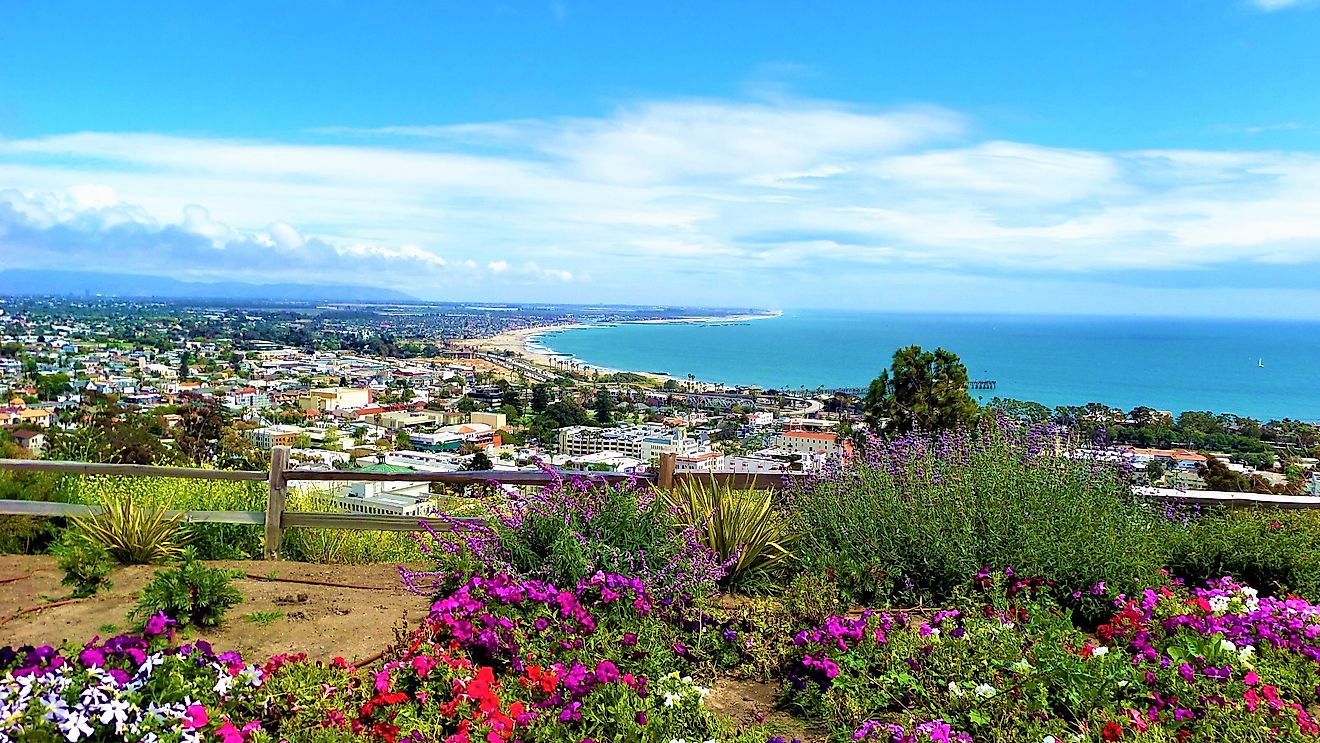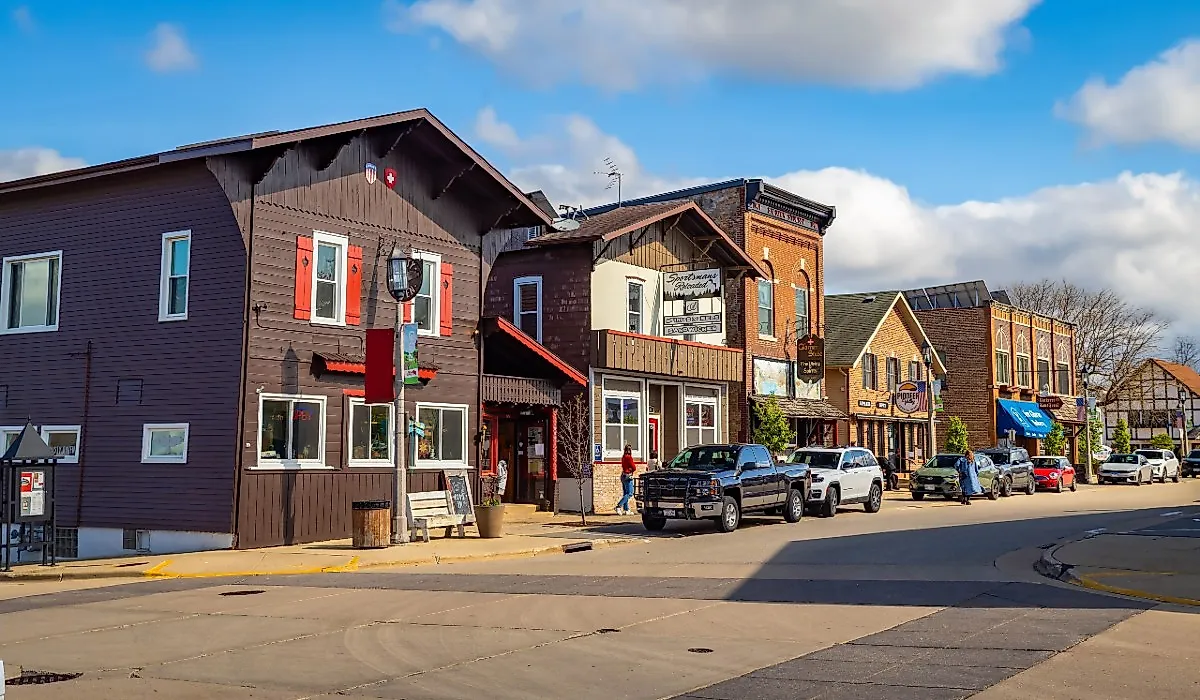
7 Best Towns In Wisconsin For A Two-Day Recharge
Forty-eight hours can reset a week, if the place removes friction. Wisconsin’s small towns do exactly that: short drives, easy check-ins, walkable main streets, and one or two anchors that focus the mind. This guide isn’t just a map; it’s a menu of “reset modes” matched to seven places that specialize in them.
Lake Geneva offers a shoreline loop that threads past century-old estates and a museum inside a former power plant. Spring Green centers on Taliesin and a prairie preserve that feels cut from another era. All of this and so much more mak Wisconsin the place to be for a retreat. Together, these towns deliver seven distinct ways to spend two days: architecture, shoreline, islands, engines, heritage, cheese, and hills, each calibrated for a clean break and a steady return.
Lake Geneva
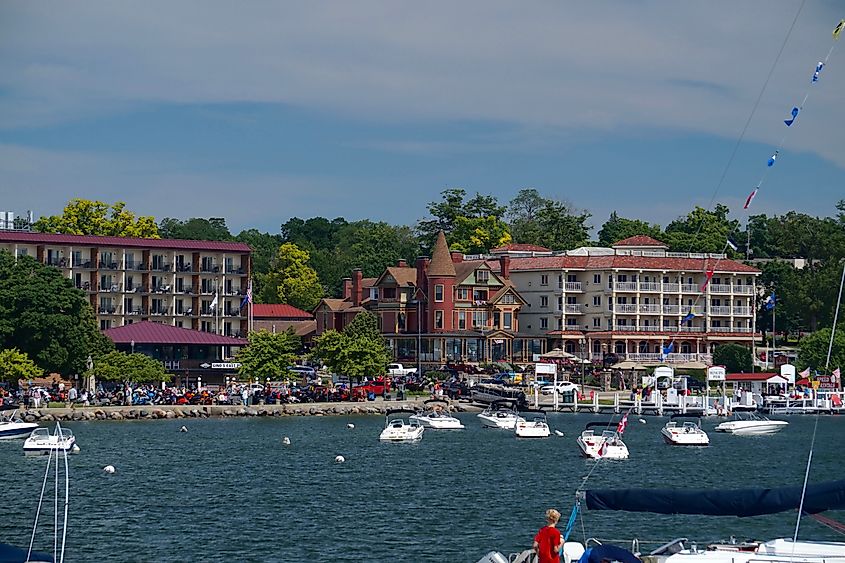
Lake Geneva is a lakeside resort town with an unusual origin: it was once the “Newport of the West,” built up after the Great Chicago Fire of 1871 when wealthy families fled north and constructed summer estates along the shoreline. Their legacy remains visible in the form of the 21-mile Geneva Lake Shore Path—a public walking trail that weaves directly through their backyards, past limestone mansions, boathouses, and manicured gardens. It’s one of the few places in the U.S. where private lakeshore property is legally required to remain pedestrian-accessible.
The town’s compact downtown offers more than resort gloss. The Geneva Lake Museum, set inside a former electric company, houses reconstructed 19th-century storefronts and local oddities including Prohibition-era memorabilia. For lunch, Simple Café serves seasonal Midwestern fare with scratch-made breads and local eggs. Just up the hill, the historic Yerkes Observatory, once home to the world’s largest refracting telescope, offers guided tours inside its Gothic dome. A short walk away, Flat Iron Park provides shaded green space right on the lakefront with benches overlooking the docks. For accommodations, the 1,300-acre Grand Geneva Resort & Spa offers an all-in-one retreat with on-site hiking trails, two golf courses, and a full-service spa inside a former Playboy Club.
Spring Green
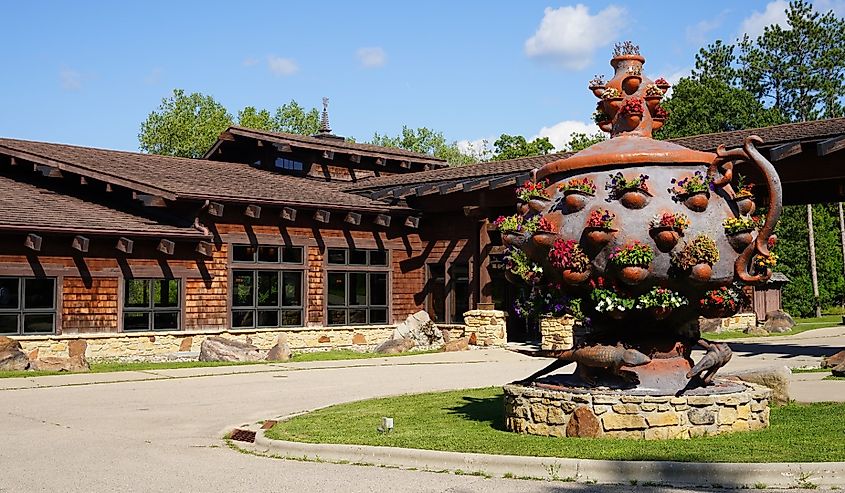
Spring Green is shaped by one man’s vision: Frank Lloyd Wright chose this unassuming patch of Driftless prairie as the location for Taliesin, his sprawling home, studio, and architectural school. Built and rebuilt over five decades, the 800-acre estate remains one of the most studied architectural sites in the U.S., featuring structures that reflect Wright’s shifting styles and philosophies, all set into a hillside above the Wisconsin River. The nearby Unity Chapel, designed when Wright was just 18, sits quietly in the background, his earliest documented work.
Spring Green’s scale makes it easy to navigate on foot. The Arcadia Books café-bookstore hybrid carries new fiction, architectural monographs, and locally made pastries under one roof. American Players Theatre, located just outside town in a natural amphitheater, stages repertory Shakespeare and contemporary plays in summer and early fall. West of town, the Spring Green Preserve offers hiking trails through sand prairie and cactus barrens, one of the rarest habitats in the state. The Silver Star B&B Inn, located on 70 wooded acres nearby, provides lodge-style accommodations and a library dedicated to regional artists.
Bayfield
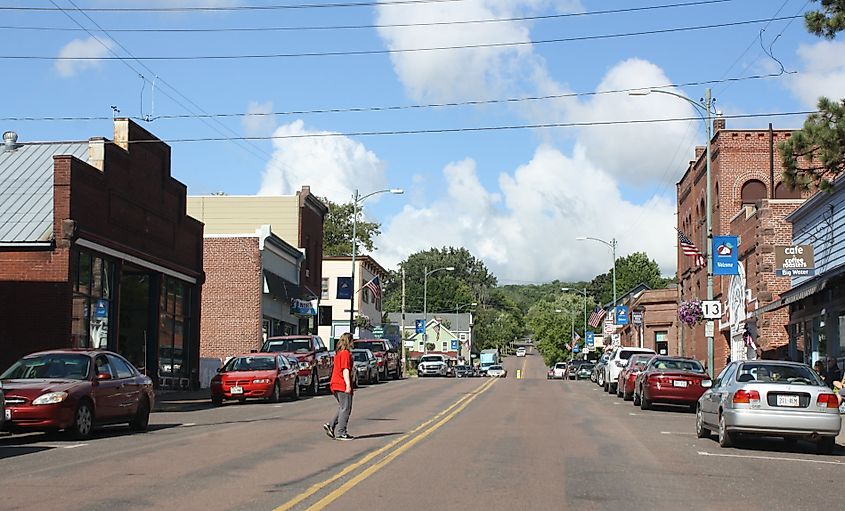
Bayfield is the northernmost city in Wisconsin, but it behaves more like a coastal village. Its location on the Bayfield Peninsula makes it the main gateway to the Apostle Islands National Lakeshore—a 22-island archipelago in Lake Superior known for its sea caves, sandstone cliffs, and boreal forest. In winter, ice conditions occasionally allow access to the Mainland Ice Caves by foot, but in summer, kayak guides and tour boats leave daily from the city dock, tracing the same water routes once used by Ojibwe traders and voyageurs.
The Bayfield Maritime Museum, located in a former laundromat, houses artifacts tied to the town’s shipbuilding past and commercial fishing legacy. For lunch, Manypenny Bistro offers smoked whitefish chowder and trout tacos sourced from local fishers. Above town, Bayfield Winery & Blue Ox Cider overlooks the lake and serves orchard-based flights among the apple trees. Lodging options are concentrated near the water, but Wild Rice Retreat stands out, it offers cedar-clad guest houses, a yoga dome, and wooded walking trails, all built into a hillside just off Highway 13. The retreat also includes a seasonal Nordic sauna and a chef-led dining program.
Elkhart Lake
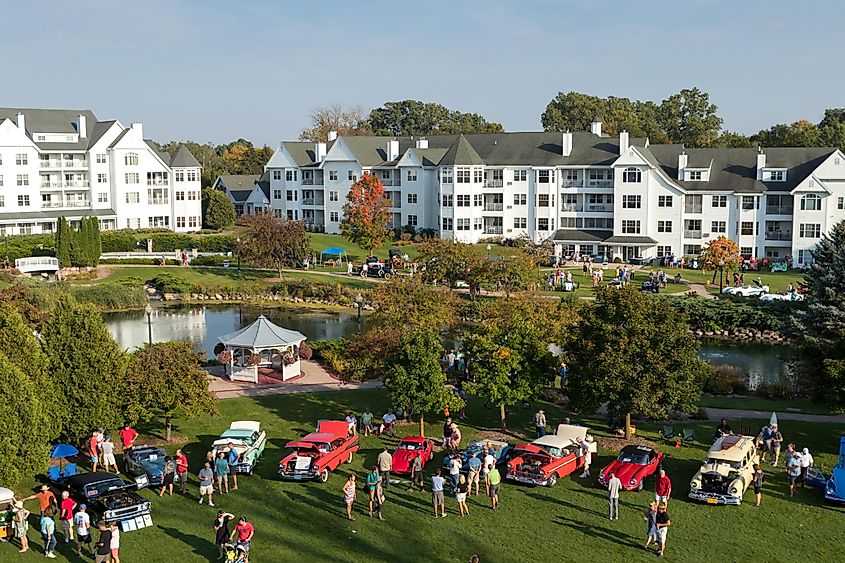
Elkhart Lake began as a mineral springs destination in the 1800s and later became one of the only places in the U.S. where public road racing was legal. That legacy continues today with Road America, a four-mile race circuit carved into the Kettle Moraine hills. On summer weekends, the sounds of vintage Formula cars and modern endurance machines echo through the woods, drawing visitors from across the Midwest.
The lake itself is spring-fed and unusually clear. Fireman’s Park Beach offers shoreline access, a sand volleyball court, and a concession stand serving bratwursts and frozen custard. The Depot Museum, housed in a former 19th-century railroad station, features local memorabilia and historic photographs from the town’s spa and racing past. On Victory Lane, the Paddock Club serves handmade pasta and dry-aged ribeye in a former feed mill. The Osthoff Resort, located directly on the lake, combines suites with full kitchens, an in-house spa, and a cooking school offering hands-on classes. The resort’s L’ecole de la Maison program focuses on regional cuisine and seasonal ingredients, and its grounds include a private beach, walking paths, and boat rentals.
New Glarus
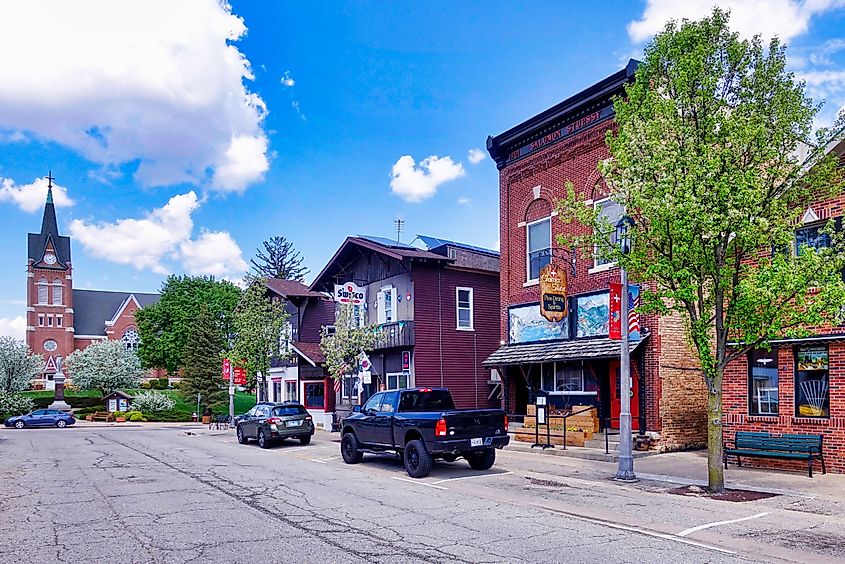
New Glarus was founded in 1845 by Swiss immigrants who brought with them not only architecture and language, but communal traditions that remain intact. It’s the only municipality in the U.S. that has declared Swiss as its official heritage identity. Street signs are bilingual. Decorative shutters, carved balconies, and chalet-style roofs dominate the town center. The New Glarus Hotel Restaurant, operating since 1853, still serves rösti and bratwurst in a dining room lined with cowbells and red gingham.
The Swiss Historical Village Museum features a preserved settler cabin, cheese factory, schoolhouse, and firehouse, each furnished with period artifacts. Puempel’s Olde Tavern, established in 1893, displays hand-painted murals from the 1930s and serves Spotted Cow in half-liter mugs. The Chalet of the Golden Fleece Museum, a former private home, contains a large collection of Swiss folk art, military memorabilia, and cuckoo clocks assembled by Chicago banker Edwin Barlow. Just east of downtown, New Glarus Woods State Park offers prairie-edge hiking trails and access to the Sugar River State Trail. Lodging is available at the Chalet Landhaus Inn, which includes an indoor pool, restaurant, and rooms decorated with carved Alpine furniture. The property sits across from the town square and within walking distance of all historic sites.
Monroe
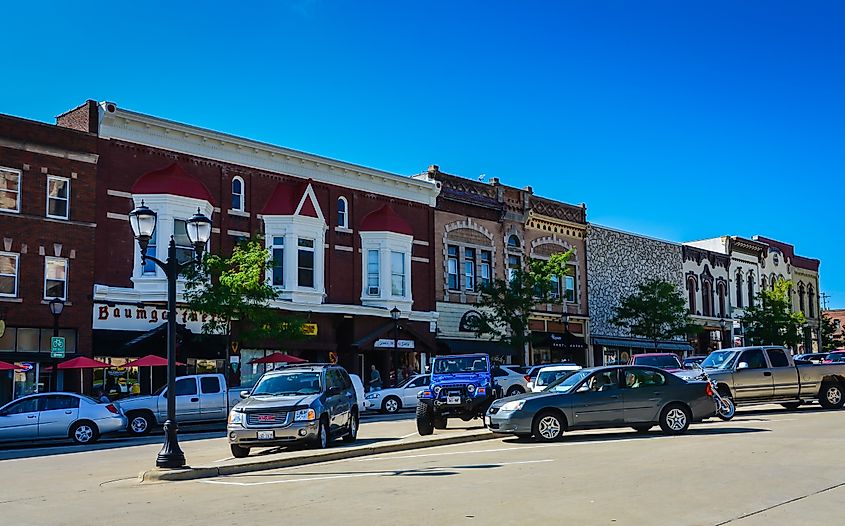
Monroe centers its identity on a rare distinction: it’s home to Chalet Cheese Cooperative, the only producer of Limburger in the United States, a tradition carried on by a farmer-owned co-op founded in 1885. Downtown revolves around the 1891 Green County Courthouse and a grid of cheese counters, butcher shops, and taverns that serve rye-and-onion sandwiches alongside local beer. For context and artifacts, the National Historic Cheesemaking Center Museum displays copper vats, presses, and the restored 1870s Imobersteg Farmstead Cheese Factory, open for tours in season.
Four focused stops calibrate a two-day reset. Baumgartner’s Cheese Store & Tavern (1023 16th Ave.) serves brick and Limburger sandwiches beneath murals and mounted maps—a mainstay since 1931. Turner Hall’s Ratskeller Restaurant opens Friday-Saturday evenings in a 1938 Swiss social club with a sprung dance floor and polka calendar. For simple, central lodging, Super 8 by Wyndham Monroe (500 6th St.) offers an indoor pool and breakfast within a short drive of the square.
Viroqua
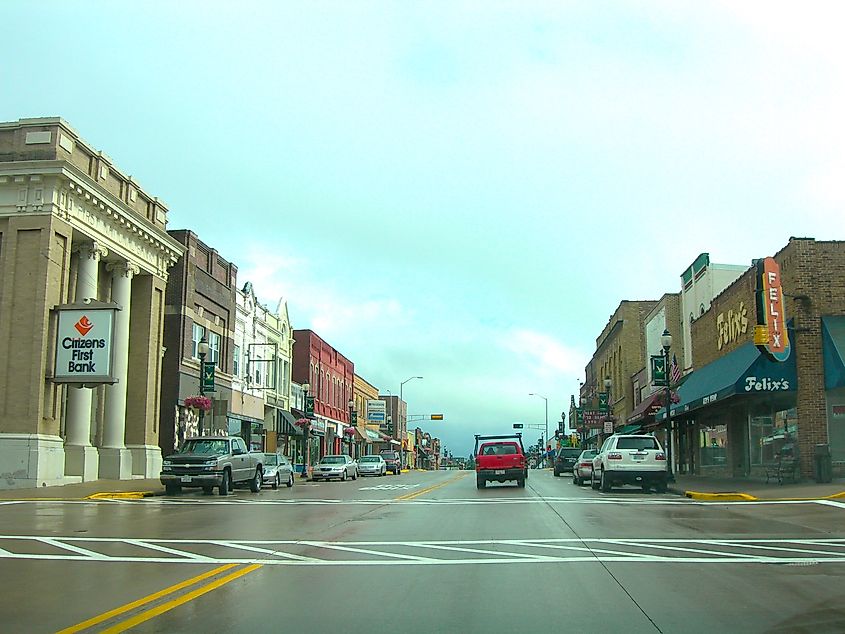
Viroqua sits within the Driftless Area, a region untouched by glaciers that flattened the rest of the Midwest. The terrain is defined by limestone ridges, coldwater trout streams, and deep valleys, features that support one of the most concentrated organic farming communities in the country. Viroqua has become a center for agrarian revival and food co-ops, attracting both Amish farmers and urban transplants committed to regenerative agriculture. The town's weekly farmers market at Eckhart Park features heritage pork, raw milk cheeses, and small-batch ferments grown within a 20-mile radius.
The restored Temple Theatre, built in 1922, offers year-round programming including folk concerts, film screenings, and lectures. The Driftless Café sources ingredients from over 150 local farms and changes its menu daily, often serving items like bison carpaccio or nettle risotto. The Viroqua Public Market sells textiles, pottery, and vintage books inside a converted warehouse. West of downtown, Sidie Hollow Park includes hiking trails, a 38-acre lake, and campsites shaded by oak trees. For lodging, The Viroqua Heritage Inn on Main offers rooms inside a restored Victorian-era home, with direct access to the town’s historic district and food co-op.
Two days in Wisconsin can be precise, not passive: seven towns, seven reset modes, architecture at Spring Green, shoreline miles in Lake Geneva, island horizons from Bayfield, engines at Elkhart Lake, heritage in New Glarus, cheese and trails in Monroe, hill country around Viroqua. Distances stay short, costs predictable, rewards immediate. Each offers one focus, one base; a single strong idea per place clears the mental slate and recalibrates the week.
